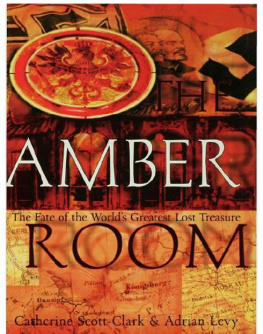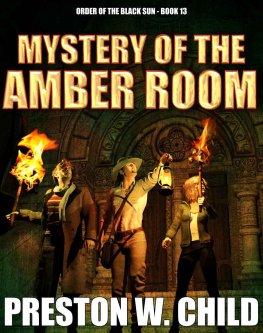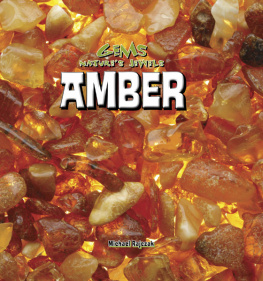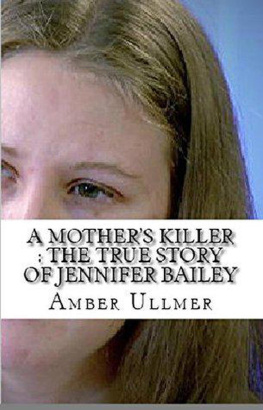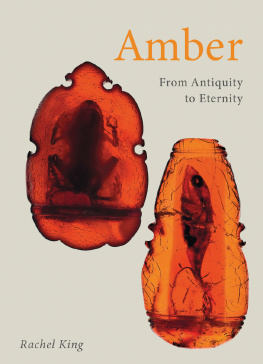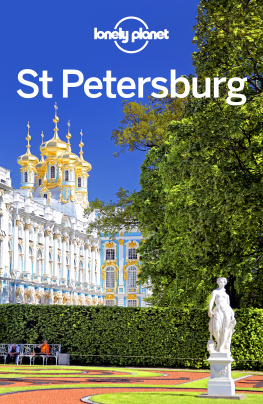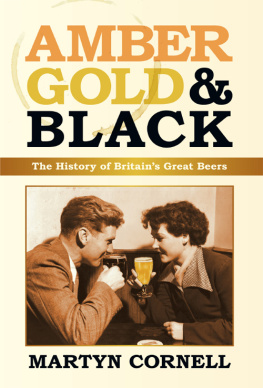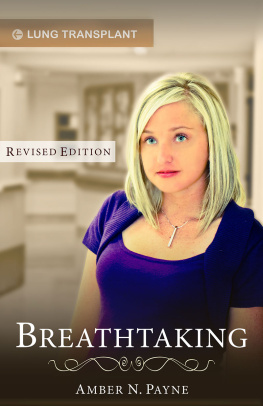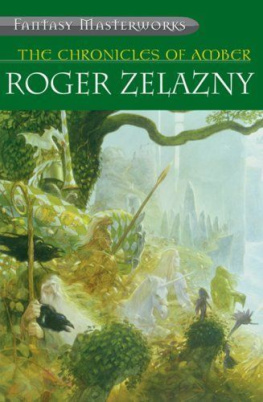In the face of recalcitrant institutions, long journeys, sub-zero temperatures and many other excuses, a dedicated group of Russian curators, Red Army veterans, academics, friends and family kept us sane and helped us complete this book.
Galya and Kolya, Vova and Tanya in St Petersburg made a great contribution to our Russian work. They will not agree, or even like everything we have written, but despite this we hope we can still eat pickled mushrooms together. Vladimir Telemakov was endlessly generous with his writings, which have yet to find a publisher, and has a remarkable memory and passion for Russian culture. A friend in the Hermitage found us somewhere to stay and we apologize for being terrified by her apartment.
A close circle of curators in St Petersburg and Tsarskoye Selo, including Valeria Bilanina, Albina Vasiliava and Albina Alya, spent hours recounting anecdotes as well as searching out journals, books and addresses. Nadezda Voronova shared her family photos with us and told stories about her father, M. G. Voronov, and his close colleague Anatoly Kuchumov. Vica Plauda had wonderful memories of growing up with Kuchumov, her grandfather. Alexander Kedrinsky kept us rapt for several days, and although he will find it hard to agree with our conclusions, he may recognize the truth in them. Alex Guzanov tried hard to help us at Pavlovsk.
Valera Katsuba explained the subtext to our ongoing correspondence with the St Petersburg authorities, while Yura danced and baked fish. Catherine Phillips, a great Russian scholar, was always at the end of a phone with suggestions (and could sing all the male roles in EugeneOnegin). Dr Ivan Sautov, director of the Catherine Palace, prevented us using his archive but his refusal led to our finding a wealth of new material elsewhere. Stuart M. Gibson was endlessly optimistic and lent us his name on several occasions.
Avenir Ovsianov in Kaliningrad has spent three decades looking for lost treasure and has found many things, although not the Amber Room. He shared many of his files and memories with us. We have not met, but Konstantin Akinsha and Gregory Koslov are informative on the history of the trophy brigades, having opened up the subject. Susanne Massie, likewise, was a pioneer, as one of the first American writers to work inside the Soviet Union. She produced a poignant account of the life of the Leningrad palaces.
In Germany, Professor Wolfgang Eichwede invited us for coffee that became a dinner and eventually ended in breakfast. A great diplomat with a profound love for his field, Eichwede was a sound guide to Russian-German negotiations. Giinter Wermusch was always good company and even though we will never agree with each other it will always be a pleasure to listen to his well-argued theories. A friend in the German Foreign Office probably shouldn't be named but was an adviser and sporadic translator. Gerhard Ehlert works harder than anyone we know and has an encyclopaedic knowledge of the Stasi.
Rainer Schubert tells his story with passion and provided us with a vivid insight into prison life in the GDR. Friends on the Frankfurter AllgemeineZeitung provided background on the Stasi and party archives. Klaus Goldmann explained the backdrop to the 'Trojan Gold' debacle. Maurice Philip Remy in Munich was great company and has broken much new ground on many projects (including the Amber Room) that remain sensitive areas for most Germans. George Laue in Munich has written some interesting catalogues about amber. Helmut Seling in Munich was the first German to be allowed into the Kremlin's secret stores after the war. Tete Bottger tried very hard to offend but his heart was just not in it. Robert Stein agreed to meet us and then wished he hadn't, but we wish him luck. Baron Eduard von Falz-Fein was wonderful company and exactly what he appears to be, which is a rarity in any age. Stephan Strauss was extremely generous in agreeing to meet, although we may never agree about the role played by his father, Gerhard Strauss.
In Britain we owe thanks to Freddy and Kitty Liebreich. Freddy translated hundreds of pages of Stasi-talk and then translated hundreds more and came out of it no madder than when he began. Kitty tracked down maps and donated them to our research. Pamela Scott-Clark steered us through the history of amber. Dorothy Levy was always prepared to listen. In particular we owe thanks to our publisher, Toby Mundy at Atlantic Books, who believed in the project from the start. His skilful, blunt and energetic readings of all of the drafts of our manuscript have shaped it beyond recognition. Clara Farmer at Atlantic has also helped greatly. In the US, George Gibson, publisher at Walker & Company, has been a calming influence on the project and provided a depth of ideas that has added greatly to the finished manuscript.
Catherine Scott-Clark and Adrian Levy,
Chiang Mai, Thailand,
January 2004
Russian names are spelled in this book according to the standard Library of Congess system of transliteration, but common English spellings of well-known Russian names and placenames (for example, Tolstoy, Tsarskoye Selo) have been retained. To aid pronunciation, some Russian names (Grigorii and Vasilii, for example) have been changed (to Gregory and Vasily).
Larissa Bardovskaya Head curator at the Catherine Palace in the St Petersburg suburb of Tsarskoye Selo, Bardovskaya was responsible for writing the official account of the mystery of the Amber Room for a summary catalogue published by the Russian Ministry of Culture in 1999.
Professor Alexander Brusov Professor of archaeology at the State Historical Museum in Moscow and brother of Valery, a famous Soviet modernist writer. Brusov led the first search for the Amber Room in May 1945 and reported that it had been destroyed.
Empress Catherine II of Russia German-born princess who seized control of the Russian throne in 1762. Catherine the Great restyled the Catherine Palace and vastly augmented the Amber Room. Visitors would describe it as the 'Eighth Wonder of the World'.
Professor Wolfgang Eichwede Director of the Research Centre for Eastern Europe at Bremen University. Wolfgang Eichwede mediates between Germany and Russia over the return of war artefacts stolen during the Second World War.
Empress Elizabeth Daughter of Peter I. Elizabeth became Empress of Russia in 1741 and within two years began supervising the construction of her father's Amber Room. In 1755 it was moved from St Petersburg to the Catherine Palace.
Paul Enke Stasi agent who used the code-name of Paul Kohler. Enke was a researcher at the GDR's State Archives Administration in Potsdam and began the Stasi's inquiry into the fate of the Amber Room. In 1986 he published Bernsteinzimmer Report, the most popular and influential book on the search.
Baron Eduard von Falz-Fein White Russian exile living in Liechtenstein. Von Falz-Fein bankrolled the search for the Amber Room in West Germany and returned looted art to Russia and the Ukraine, from where his family originated. Von Falz-Fein's 'Amber Room club' included Julian Semyonov, George Stein and Georges Simenon, the creator of Inspector Maigret, among its members.
Frederick I Crowned 'King in Prussia' in Konigsberg in 1701. Frederick realized the Hohenzollerns' aspirations of transforming Prussia into a monarchy and funded the creation of the Amber Room.
Frederick William I The Soldier King. Frederick William I was the son of Frederick I and ascended the throne in 1713. Uninterested in the Amber Room, which he considered too costly, he gave it to Tsar Peter I as part of a diplomatic treaty in 1716.
Uwe Geissler Stasi informer working inside the 'Kripo', the East German criminal police. Geissler was used by the Stasi to cross-examine potential eyewitnesses during the GDR's Amber Room inquiry. He investigated the top-secret source 'Rudi Ringel'.
Next page
